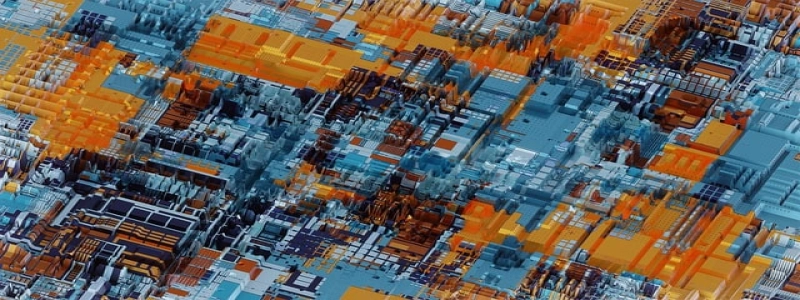Automotive Ethernet Protocol
مقدمة
The automotive industry is experiencing a rapid transformation with the introduction of advanced technologies in vehicles. One such significant advancement is the integration of Ethernet protocol in automotive systems. Automotive Ethernet protocol is designed to meet the increasing demands for high-speed and reliable communication networks in modern vehicles. This article explores the various aspects of the automotive Ethernet protocol, including its architecture, key features, and benefits.
1. Architecture of Automotive Ethernet Protocol
The automotive Ethernet protocol is based on the Ethernet standard, which is widely used in computer networks. It utilizes a star topology, where a central switch acts as a gateway to connect multiple devices. The protocol supports two types of Ethernet: 100BASE-T1 and 1000BASE-T1. The former offers a data transfer rate of 100 Mbps, while the latter provides a speed of 1 جيجابت في الثانية. The automotive Ethernet protocol also incorporates advanced features such as time-sensitive networking (TSN), which ensures real-time communication and deterministic behavior.
2. Key Features of Automotive Ethernet Protocol
أ. عرض النطاق: One of the primary advantages of the automotive Ethernet protocol is its high bandwidth. It enables the transmission of large volumes of data, facilitating the use of advanced driver assistance systems (ADAS), infotainment systems, and autonomous driving features.
ب. Reliability: The automotive Ethernet protocol offers enhanced reliability compared to traditional communication protocols. It utilizes switched Ethernet technology, which provides dedicated communication paths and minimizes packet collisions. This ensures an uninterrupted and dependable communication network in a vehicle.
ج. قابلية التوسع: As vehicles become more connected and incorporate additional electronic systems, scalability becomes crucial. The automotive Ethernet protocol supports the seamless integration of new modules and systems, making it a flexible and future-proof solution for the automotive industry.
3. Benefits of Automotive Ethernet Protocol
أ. Faster Data Transfer: The high-speed capabilities of the automotive Ethernet protocol enable faster transmission of data between different components in a vehicle. This is critical for applications that require real-time communication, such as advanced driver assistance systems and vehicle-to-vehicle communication.
ب. Reduced Wiring Complexity: Ethernet-based communication reduces the amount of wiring required in a vehicle. With the automotive Ethernet protocol, a single network can support multiple functions, eliminating the need for separate wiring systems for each component. This not only simplifies the overall vehicle architecture but also reduces weight and costs.
ج. Interoperability: The automotive Ethernet protocol provides a standardized communication platform, allowing different automotive devices and systems to interoperate seamlessly. It enables various modules, sensors, and control units to communicate effectively, fostering integration and compatibility among different components.
خاتمة
The automotive Ethernet protocol is revolutionizing the automotive industry by providing a high-speed, reliable, and scalable communication network. Its architecture, key features, and benefits make it an ideal choice for modern vehicles, enabling the integration of advanced technologies and improving overall vehicle performance. As the automotive industry continues to evolve, the adoption of the automotive Ethernet protocol is set to increase, driving the development of safer, smarter, and more connected vehicles.








